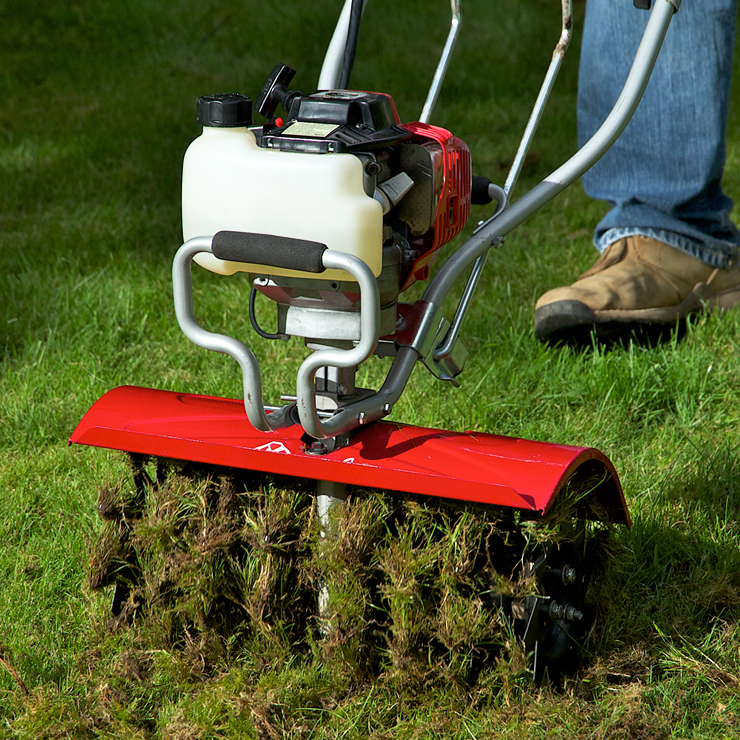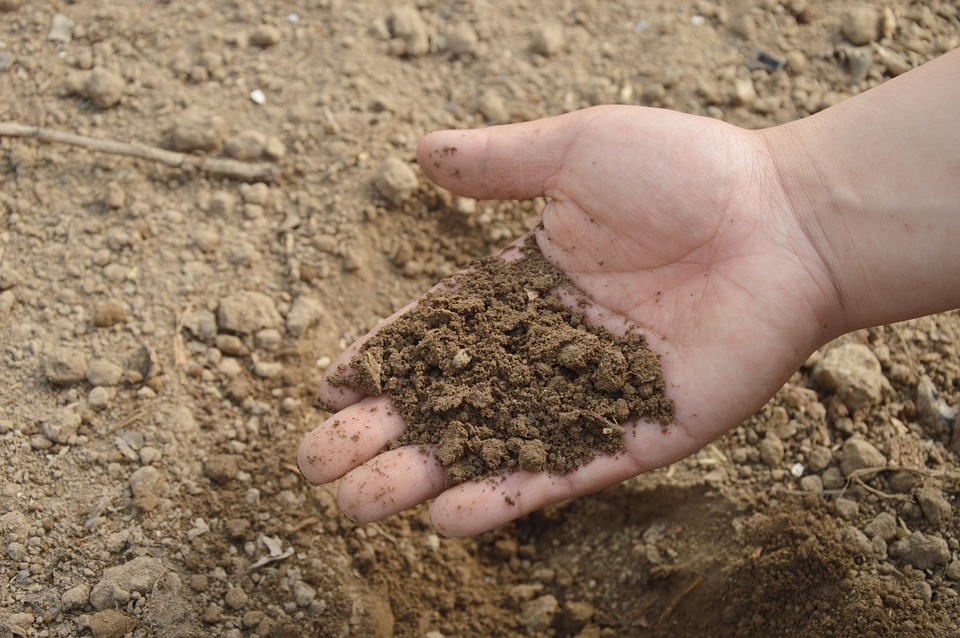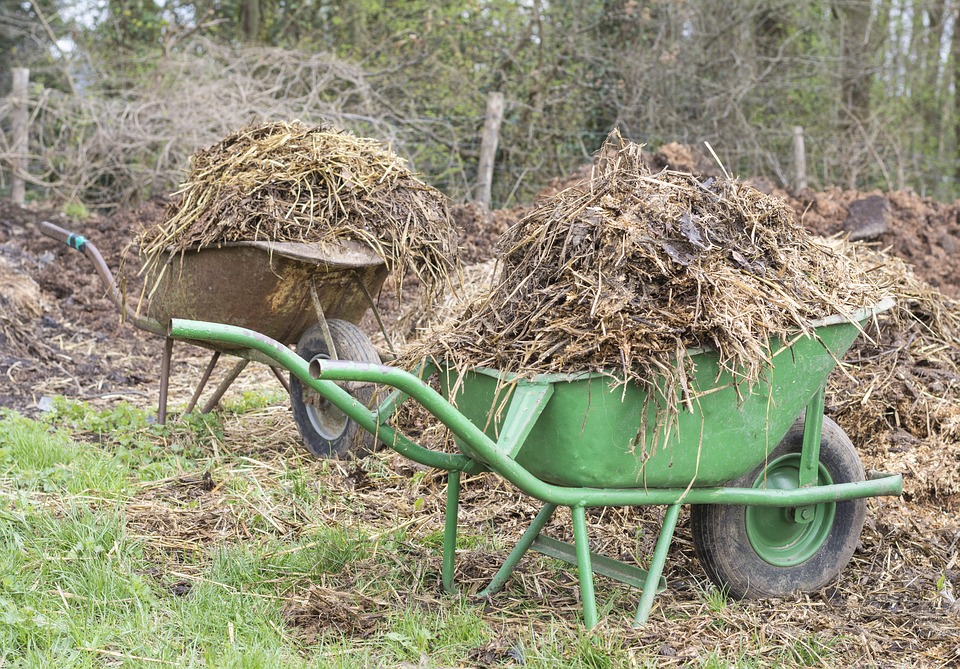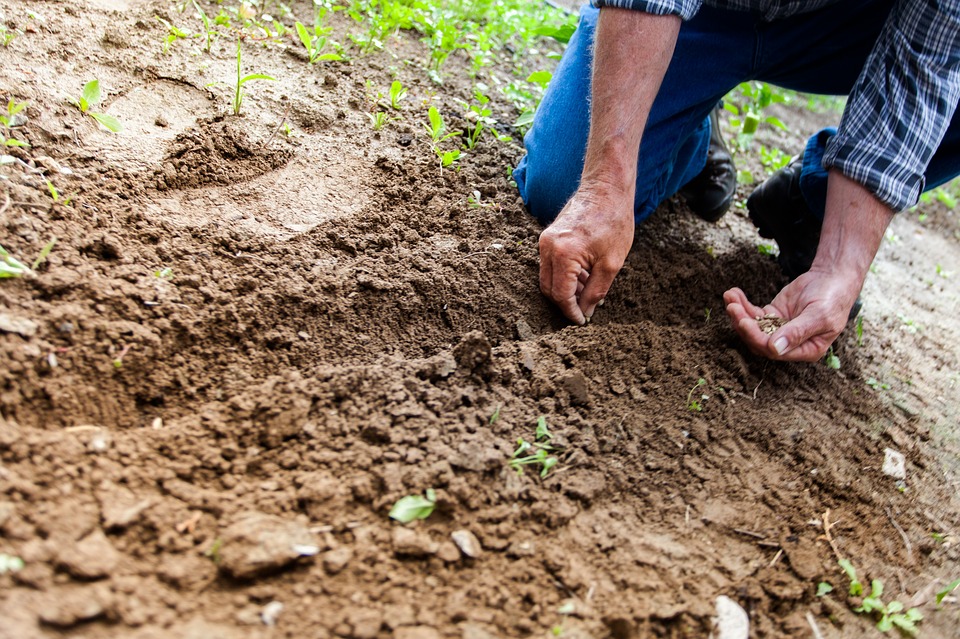One of the hardest parts of owning a lawn is caring for it in spring. Spring is a tricky time of the year for anyone with a home garden. If you don’t take spring lawn care seriously, you’ll have to deal with the consequences for the rest of the year. During this time of the year, the plants are tender, the spoil spongy and the weather unpredictable. Check out the following spring lawn care tips that are guaranteed to make your lawn tendering easy this spring.
- Raking

Thatch is made of dead grass. When it is left for too long, it can create a layer in your yard that can prevent sunlight, essential air, and moisture from getting to your turf. As soon as the ground is dry, you need to rake your yard to get rid of thatch and other debris that may have accumulated over the winter season. This creates room for grass shoots to grow into a beautiful yard. If you prefer to aerate your yard, it is always advisable to rake it first for better results.
- Aerating

Sometimes, the yard can get compacted in an area with high traffic. This can prevent new grass from growing. Use an aerator to get rid of small soil plugs from your lawn. This will loosen the ground which helps get more water, air, and nutrients into the soil. You do not have to aerate your yard annually. You can do it every 3 to 5 years, mostly depending on soil compaction and amount of thatch.
- Testing Your Soil

It is important to run soil tests on your lawn every once in a while. You can do this using a DIY soil testing kit, which should available at your local garden store. A soil test will tell you the current PH level of your soil. If you find your soil too acidic, you can spread a lime layer to neutralize it. Remember that weeds thrive and fertilizers do not work well in acidic condition. It is, therefore, important to ensure the PH is balanced. PH levels are measured on a scale of 1 to 14, with 7 being the neutral mark.
- Fertilize Your Lawn

This is one of the most important lawn care tips. Fertilizing is an important part of landscaping. Fertilization should be done more often than spring feeding. Bear in mind that you are working with young, tender grass shoots and you should take care not to overwhelm them. Wait until your lawn is green and the grass is growing actively. This is when you can treat with a slow release fertilizer. Ensure your fertilizer is well balanced too. Fertilizers are made of phosphorous, nitrogen, and potassium as the main ingredients. Slow release of fertilizer promotes growth, caters for the grass health, and also reduces the risk of turf burn and fungus.
- Controlling Weed

Undertaking pre-emergent weed control will go a long way to prevent germination of weed seeds. This is what makes timing everything when it comes to catering to your lawn. Waiting for too long will encourage weed to grow. A rule of thumb is to use pre-emergent as soon as the forsythia bushes bloom. Ensure you apply even and thorough coverage by using a spreader. The chemical will be activated by water and will thus remain in the soil for weeks.
- Reseeding

If you have any brown patches in your yard, you need to reseed them. Once you are done reseeding the ground, ensure you water the area and fertilize regularly.

